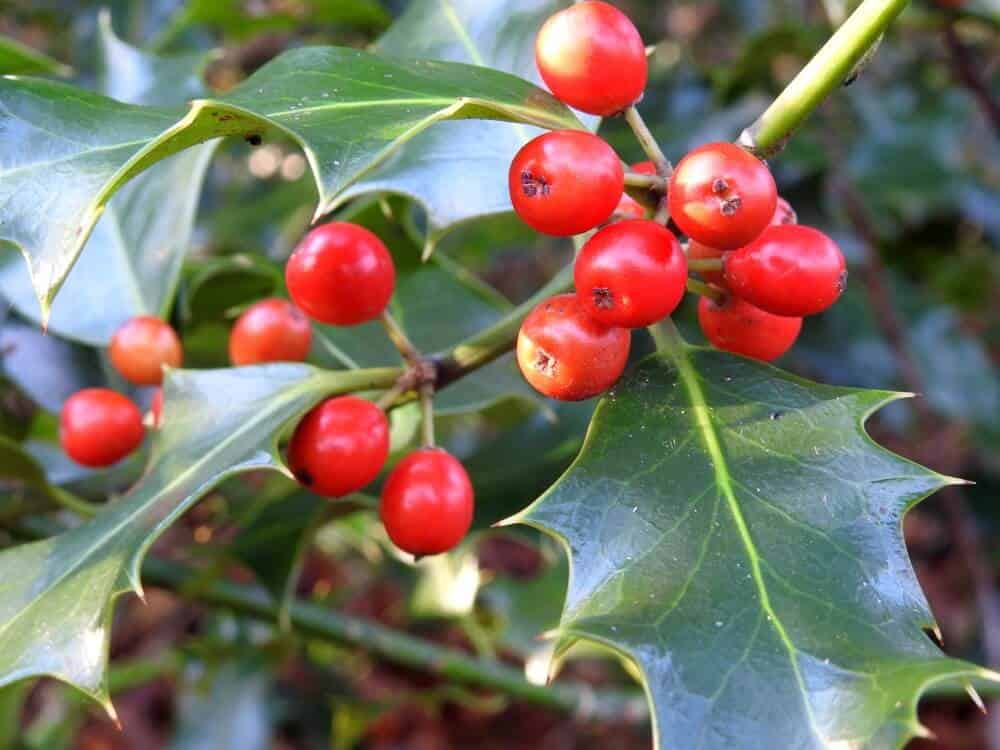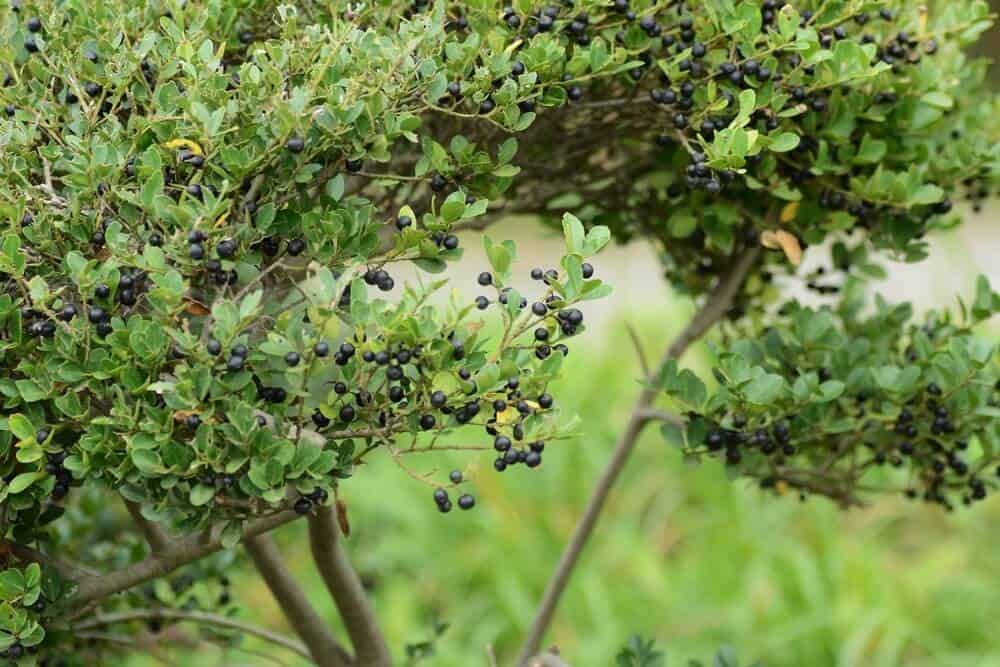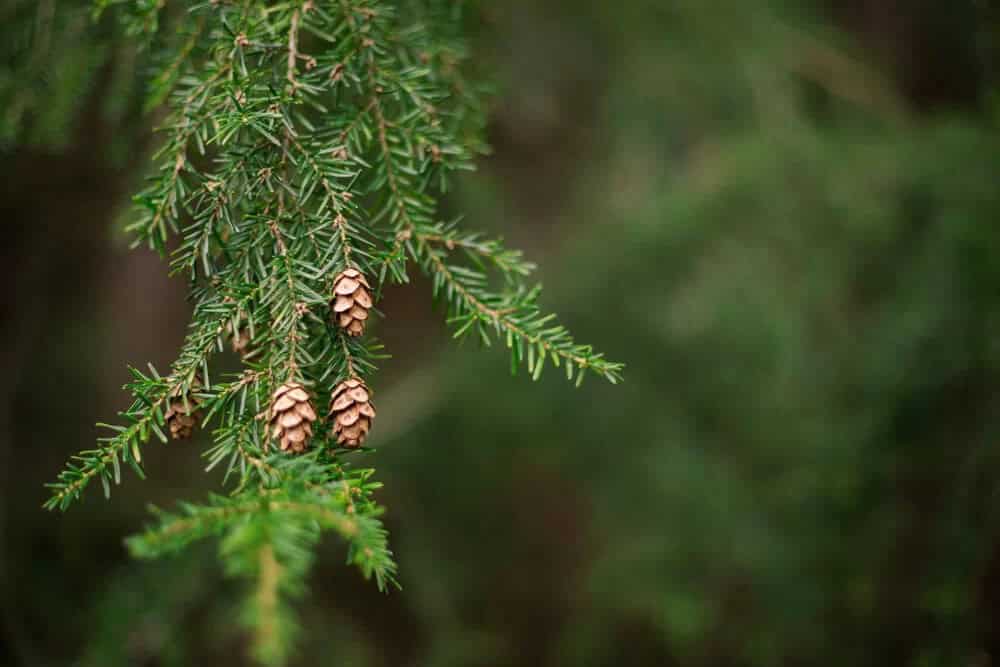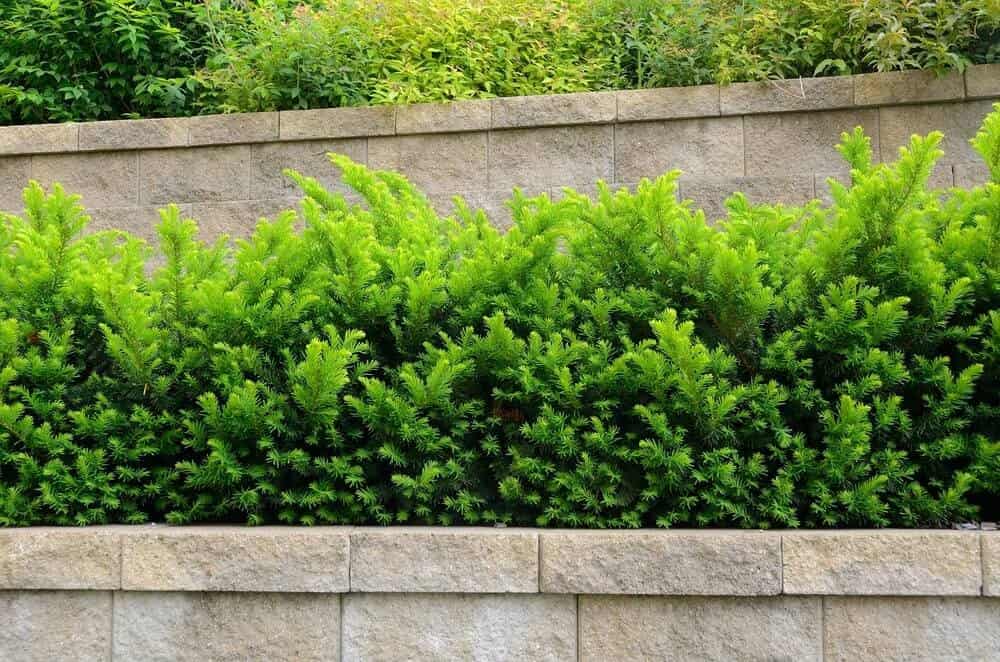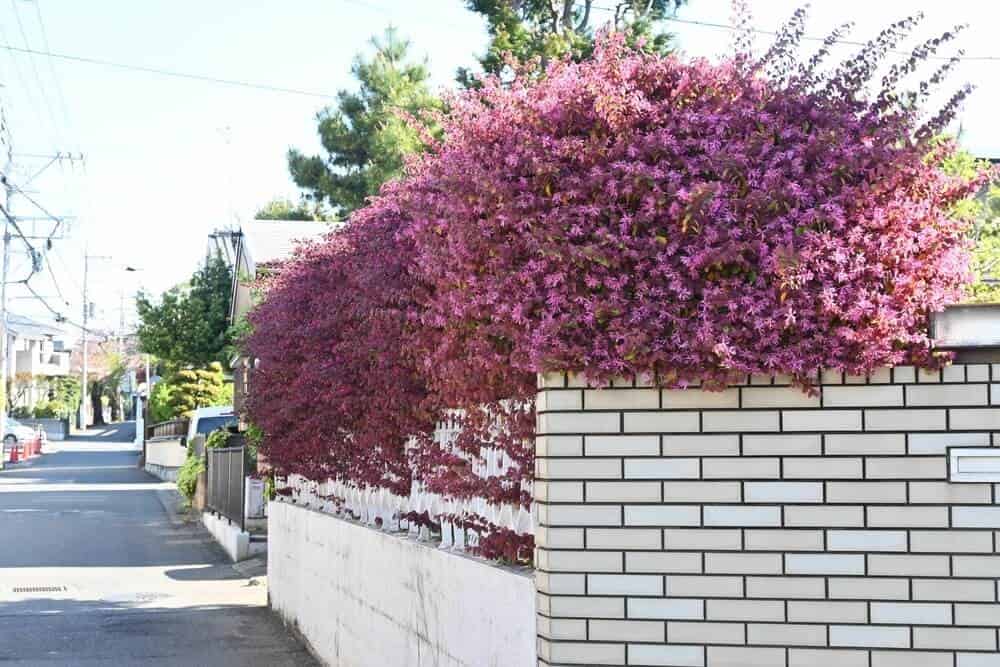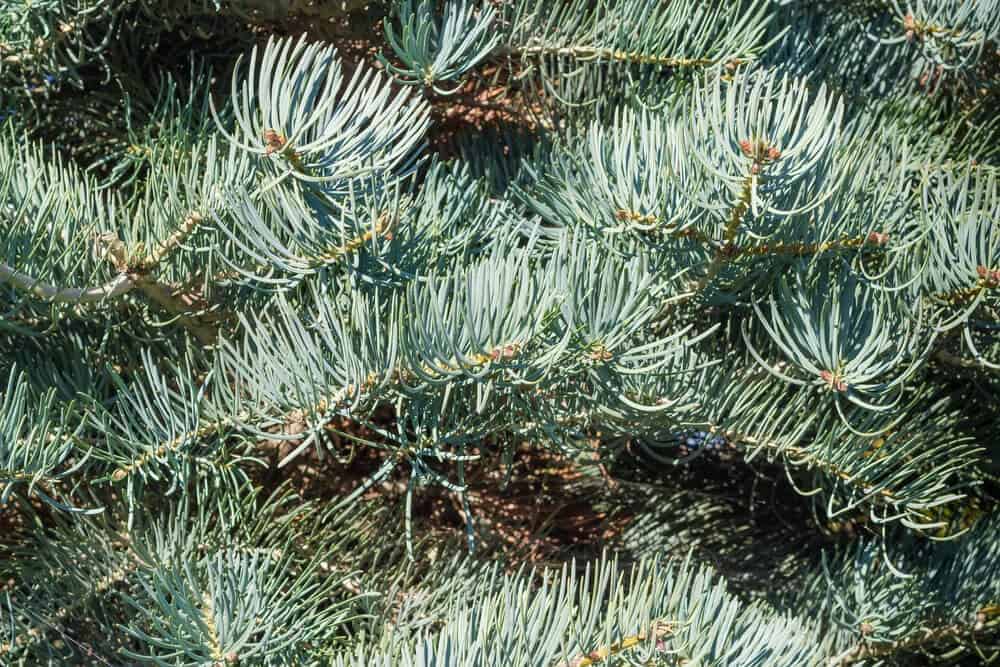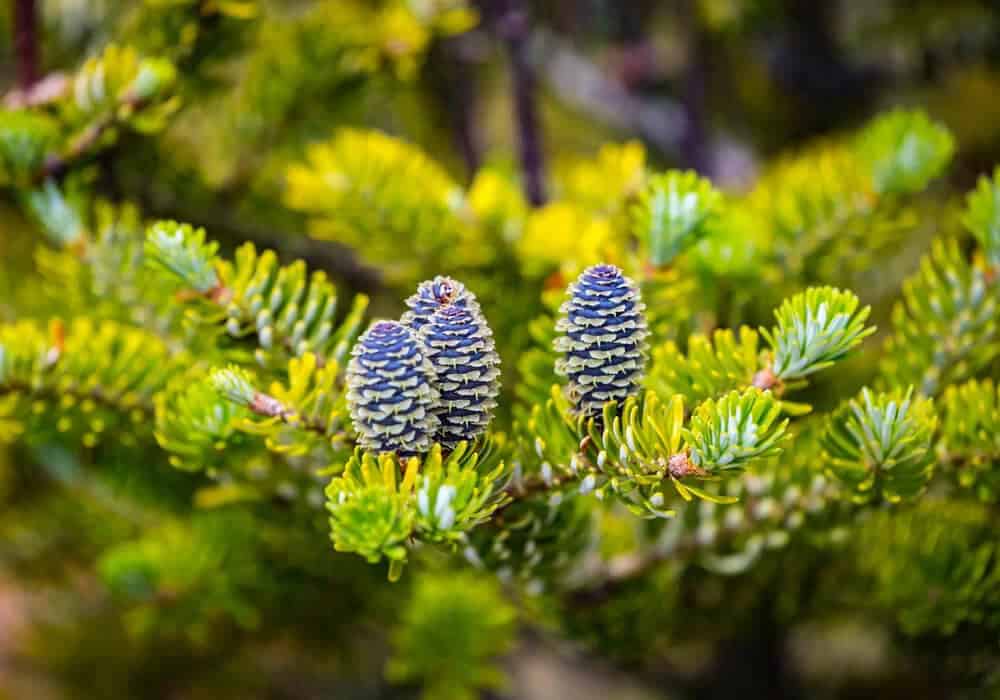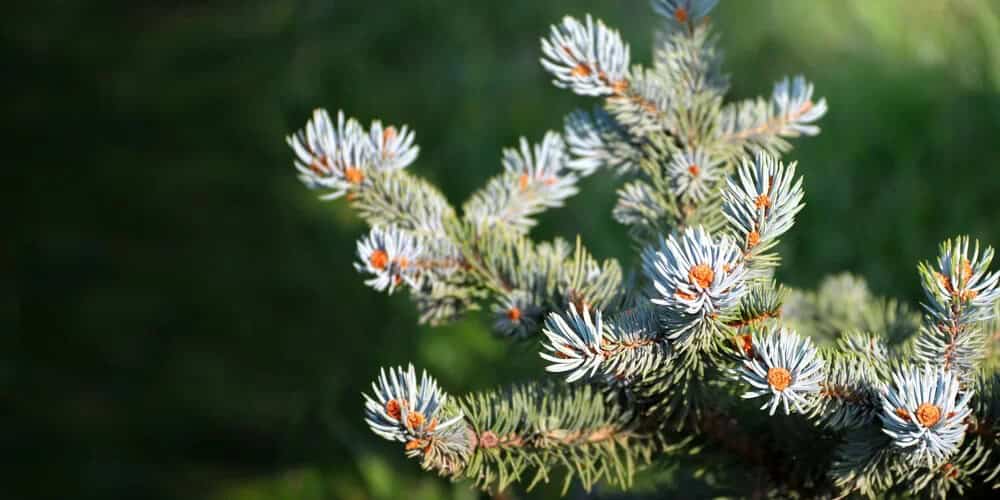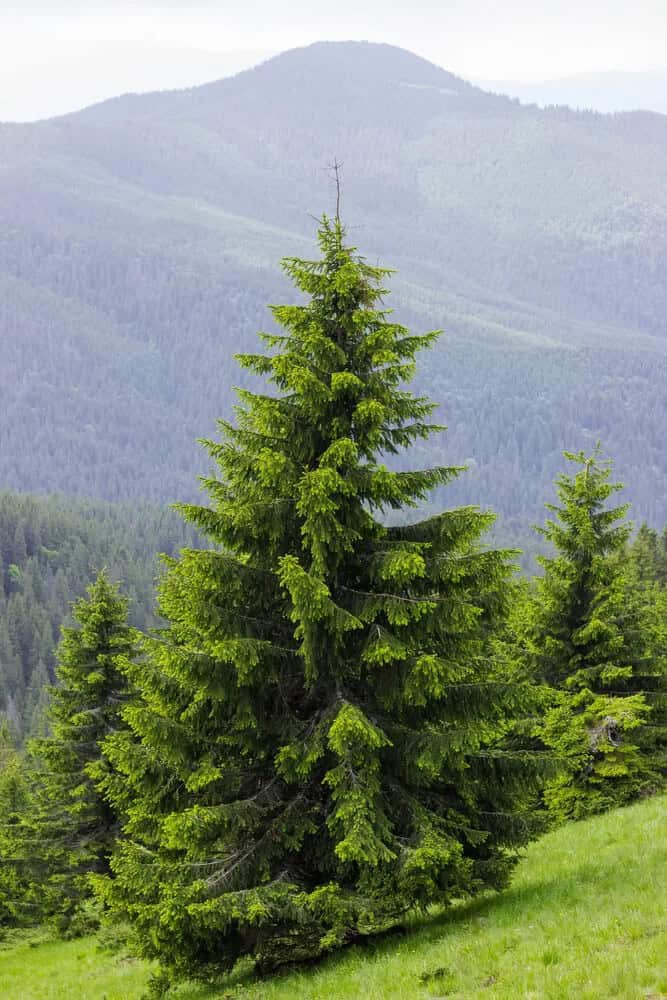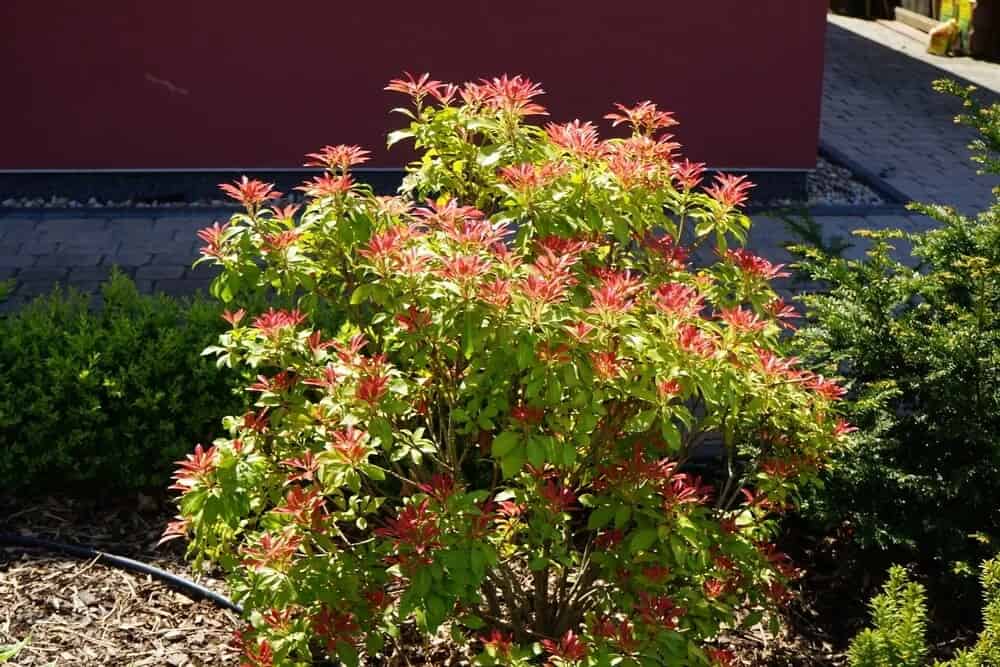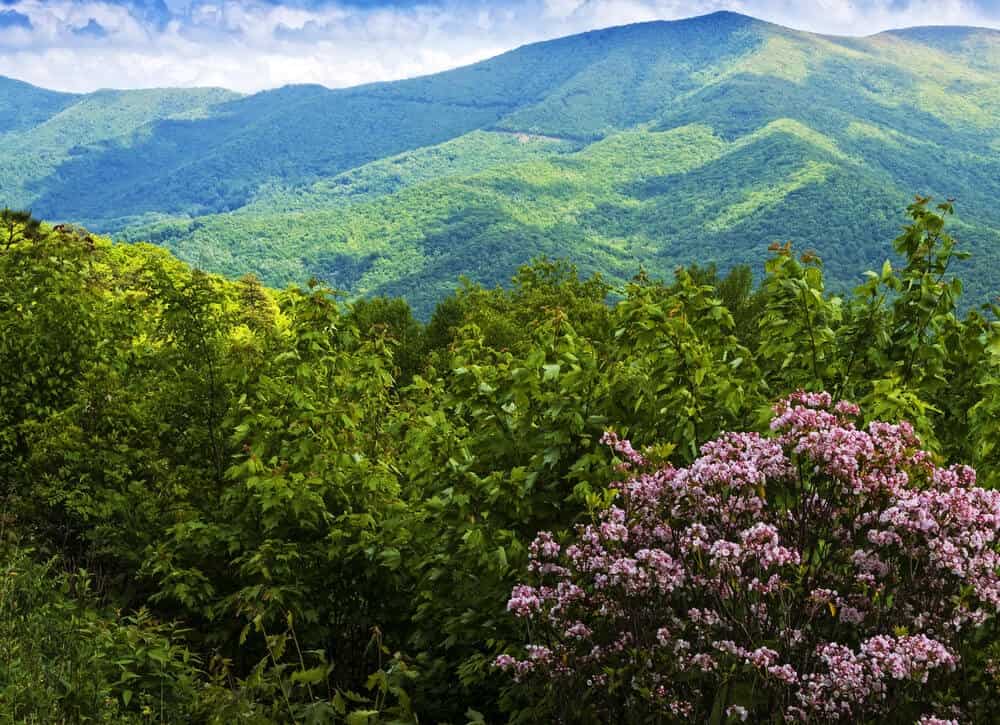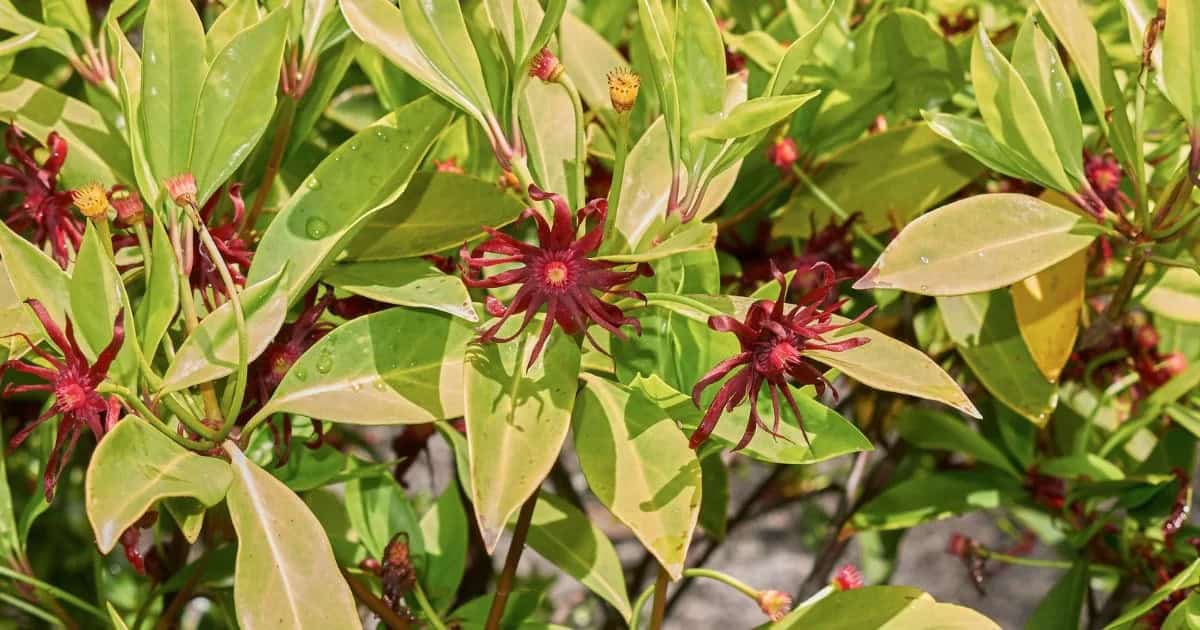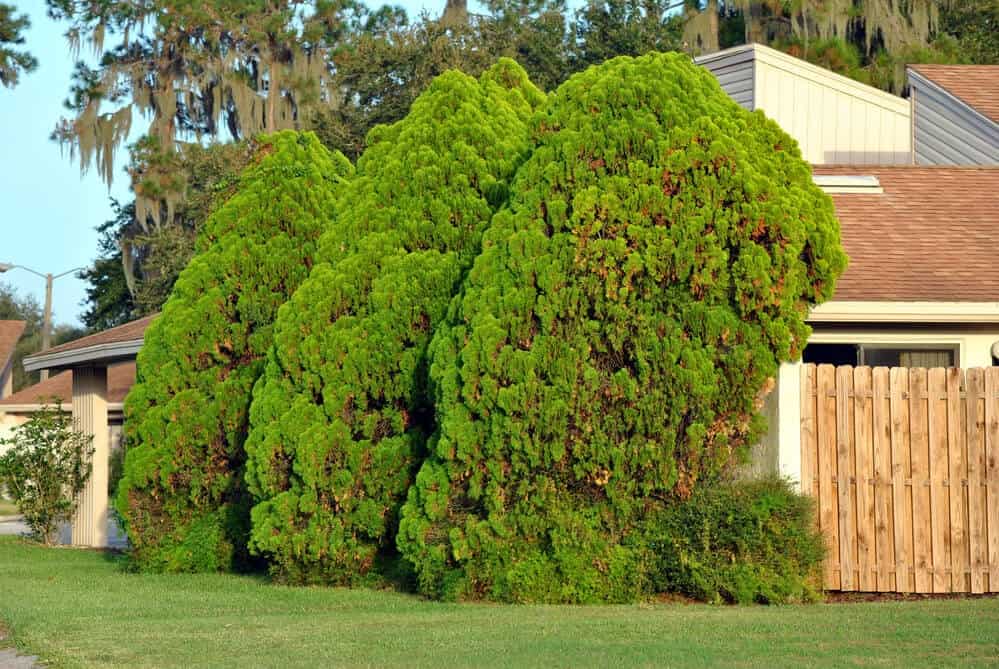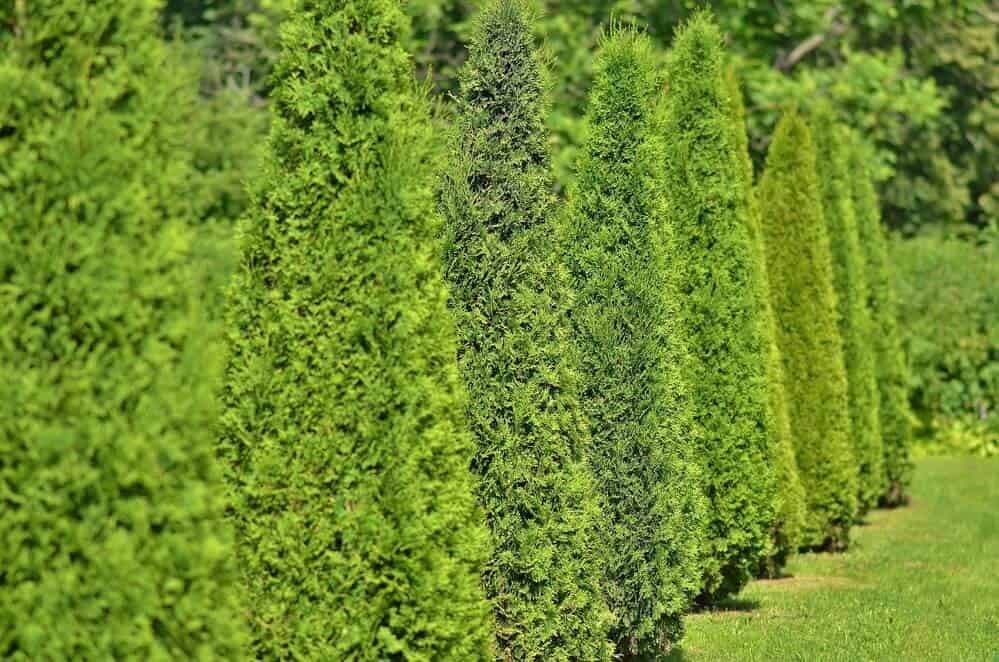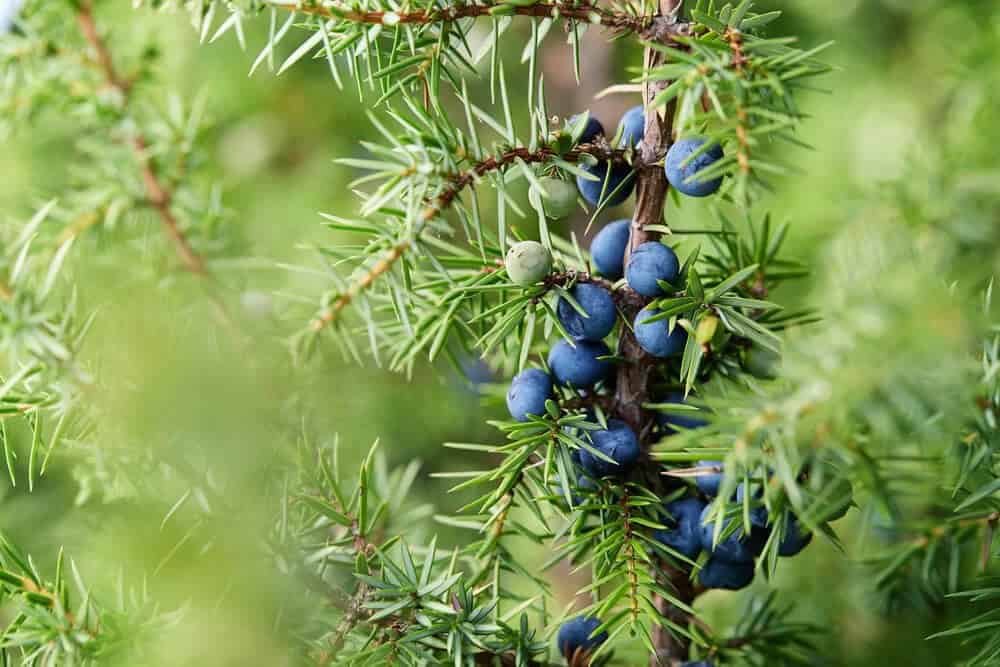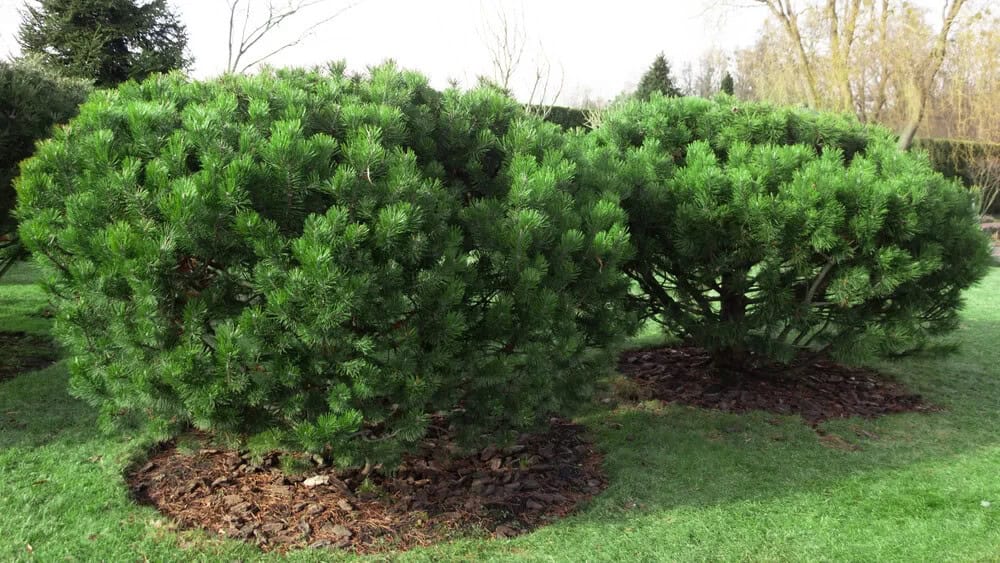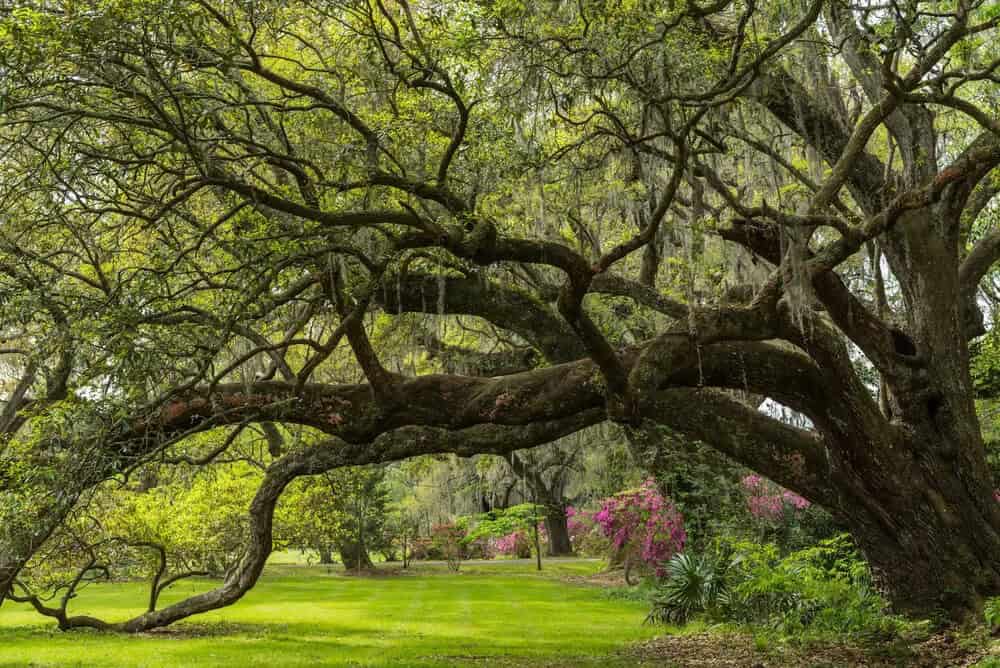Finding plants that retain their vibrancy year-round and thrive in shaded conditions can be a challenging and frustrating experience. For those who have struggled with this issue, we’re happy to provide a curated list of the best shade-tolerant evergreen trees for your convenience. While it’s true that few trees can tolerate full shade, our selection highlights many evergreen options perfect for areas receiving partial shade or filtered light.
Read on to learn about these exceptional trees and their unique ornamental features that set them apart from one another.
Key Takeaways
While our list of shade-tolerant evergreen trees will undoubtedly provide a wealth of varied information, it’s also crucial to recognize the underlying patterns and commonalities that emerge throughout. As you explore this article, five key takeaways will repeatedly resurface as guiding principles for selecting the perfect shade-tolerant evergreen tree for your needs.
These overarching themes include the fact that evergreen trees can boast either needles or broad leaves, with some species even featuring showy flowers. Moreover, it’s essential to acknowledge the incredible diversity of shade-tolerant evergreen trees across various genera and species. Furthermore, not all evergreens are created equal in terms of their tolerance for shade, with some being much more adept at thriving in low-light conditions than others.
Finally, these trees can serve as versatile components of your garden, fulfilling roles such as hedge plants, background greenery, or even focal points.
24 Effective Shade-Tolerant Evergreen Trees that are Both Functional and Beautiful
American Holly (Ilex opaca)
The American holly plant boasts a dual identity – as a coveted winter decoration and a versatile landscape feature that thrives in partial shade. Its adaptability extends to pruning, allowing for both shrub-like and tree-like formations, with the latter potentially reaching heights of over 40 feet. Regardless of its growth stage, this evergreen beauty consistently showcases its ornamental value through its lustrous leaves and long-lasting bright red berries.
Japanese Holly (Ilex crenata)
While we began by exploring the characteristics of the American holly, it’s equally important to delve into its counterpart from Japan. The Japanese holly, a distinct species within the same genus as its American counterpart, exhibits several notable differences in terms of appearance. A key distinction lies in the shape and color of the evergreen leaves, which are smaller, lighter-toned, and more rounded compared to their American counterparts.
Furthermore, the fruits produced by the Japanese holly take on a nearly black hue, in contrast to the vibrant red berries found on the American holly.
Canadian Hemlock (Tsuga canadensis)
The eastern United States and Canada are home to the Canadian hemlock, which plays a starring role in many landscapes within this region. This adaptable plant flourishes in forest environments where direct sunlight isn’t always accessible. As a valued component of these ecosystems, the Canadian hemlock provides sustenance and shelter for various forms of wildlife. Beyond its ecological significance, the plant also boasts an attractive appearance.
Its short, evergreen needles form a loosely pyramidal shape, while small cones dangle from the branches, adding to its charm.
Japanese Yew (Taxus cuspidate)
While the goal of this list isn’t to crown a champion among evergreen trees for shade, it’s undeniable that Japanese yew stands out for its exceptional reliability in low-light conditions. This adaptable plant thrives in partial shade but can also flourish in full-shade environments without compromising its appearance. Beyond its impressive low-maintenance qualities, the Japanese yew is a standout hedge plant due to its densely foliated branches that respond beautifully to pruning and shaping.
Additionally, this tree’s bright red fruits add an ornamental touch, making it a versatile choice for landscaping purposes.
Chinese Fringe Flower (Loropetalum chinense)
While many gardeners assume that shaded areas will be lacking in color and interest, there are actually several tree options that can thrive in the shade while adding vibrancy to the landscape. One such option is the Chinese fringe flower plant, which defies expectations by producing an explosion of color across its entire canopy. The magenta blooms feature long, slender petals that add a pop of brightness to the shaded area, while the leaves also offer an attractive display.
At times, the leaves can take on a subtle purple hue, further enhancing their visual appeal.
Boxwood (Buxus)
Boxwood shrubs have maintained their popularity among gardeners due to their exceptional adaptability to pruning, allowing them to be shaped into various forms. This responsiveness also means that different cultivars can thrive in distinct conditions, such as varying levels of shade. For instance, the Green Mountain boxwood is a notable variety that excels in partially shaded areas.
As part of the broadleaf evergreen family, boxwoods are not only great options for shaded areas but also widely appreciated for their low-maintenance and versatile nature.
White Fir (Abies concolor)
While the white fir tree’s conical shape makes it a prime candidate for Christmas tree duties, its unique characteristics set it apart from other evergreens. One notable feature is the vibrant appearance of its needles, which can seem almost iridescent at times. Furthermore, the softness of these needles sets them apart from other similar species, making them a pleasure to handle as you care for this shade-tolerant tree.
Korean Fir (Abies koreana)
The Korean fir tree takes the uniqueness of the white fir to a whole new level. Not only do its needles shine with vibrancy, but its cones are truly one-of-a-kind. Unlike those of most other trees, these cones face upwards and grow in clusters, boasting a deep blue hue that provides striking contrast against the foliage. This remarkable tree also develops a natural conical shape through its growth habit, much like its white fir counterpart.
White Spruce (Picea glauca)
While white spruce trees thrive in full sunlight, they’re surprisingly adaptable and can flourish in partial shade as well. This hardy plant’s versatility extends beyond light conditions, however. Its ability to grow in a wide range of soil types, from those with varying consistencies to different acidity levels, makes it an excellent choice for planting.
Additionally, the white spruce tree is a large and rapid-growing species, capable of providing instant privacy solutions for your yard, often faster than other options.
Norway Spruce (Picea abies)
The Norway spruce stands out among other evergreen trees with its remarkable ability to thrive in partial shade. One distinguishing feature is the pendulous habit of its branches, which sets it apart from other spruce varieties. Additionally, the tree’s cones are notable for their length and dangling nature, providing a striking visual contrast. Furthermore, the Norway spruce’s needles have a distinctive darker hue, contributing to a rich and textured canopy.
Its unique shape and hanging branches also enable the tree to efficiently shed snow, making it an ideal choice for cold climates.
Japanese Pieris (Pieris japonica)
While some might categorize Japanese pieris as a shrub due to its compact growth, its capacity to reach heights exceeding 12 feet suggests it occupies a middle ground between these two classifications. Notably, this plant has earned a reputation for thriving in shaded environments. If you have a shaded area in your yard, you can count on your Japanese pieris to flourish, producing broad evergreen leaves that provide year-round interest.
Moreover, its unique bell-shaped flowers dangle in clusters above the foliage, adding an extra layer of visual appeal.
Blue Gum Tree (Eucalyptus globulus)
The Eucalyptus genus, to which the blue gum tree belongs, brings an exotic flair to American landscapes due to its native Australian origin. However, this unique feature also presents a limitation – it thrives in warmer climates and is best suited for hardiness zones 8 or above. While it can tolerate partial shade conditions, the blue gum tree’s true strengths lie in its rapid growth rate and ability to adapt to various environmental conditions.
Rosebay Rhododendron (Rhododendron maximum)
One of the most popular rhododendron cultivars is the rosebay rhododendron, a native species that thrives in the eastern United States. What sets this plant apart from others is its impressive size – it can grow up to 20 feet tall at maturity, making it nearly tree-like in stature. This characteristic, combined with its ability to flourish under shaded areas such as those found beneath tall trees, makes it a highly sought-after option for nurseries and gardeners alike.
When in bloom, the rosebay rhododendron produces large clusters of flowers, adding an extra layer of charm to its already impressive features.
Camellia (Camellia japonica)
Camellias stand out as one of the most attractive small trees that can thrive in a variety of environments. Characterized by multi-stemmed growth and slender trunks that support rounded, glossy evergreen leaves, these plants exude elegance. But what truly sets camellias apart is their showstopping flowers – solitary, rose-like blooms that burst forth in shades ranging from pure white to vibrant pink and bold red.
While this alone would be enough to win over many plant enthusiasts, it’s also worth noting that camellias actually perform best when grown in shaded conditions.
Mountain Laurel (Kalmia latifolia)
Mountain laurel, an evergreen tree with broad leaves, boasts an extraordinary capacity for thriving in shaded environments. While it can tolerate full shade, it may begin to decline when exposed to excessive light, leading to leaf scorch as a result. Notably, the mountain laurel’s crowning glory is its stunning blooms, which help complete the spring season. These flowers emerge in June and exhibit a distinctive geometric shape, with hues ranging from pure white to soft pinks.
Anise Tree (Illicium parviflorum)
The anise tree’s most striking feature is its evergreen foliage, comprising leaves with a near-perfect oval shape that stand upright at a rigid angle. Notably, these leaves are soft when young and release a distinctive aroma when broken. In contrast to their showy counterparts, the tree’s subtle yellow blooms take on a rounded form. Interestingly, this species thrives in both full-sun and shade environments, making it an adaptable addition to any landscape.
Eastern Arborvitae (Thuja occidentalis)
For those seeking an evergreen tree that excels in providing privacy while being remarkably low-maintenance, the eastern arborvitae is an outstanding choice. Its remarkable adaptability and reliability have made it a staple in many residential landscapes, often serving as an effective privacy hedge or windbreak. One of its most notable advantages is its rapid growth habit, which allows your hedge to take shape relatively quickly, without requiring constant attention.
Western Arborvitae (Thuja plicata)
While the eastern arborvitae excels as a hedge plant in the eastern United States, its western counterpart offers similar benefits on the other side of the country. The western arborvitae, also referred to as the western red cedar, shares many characteristics with its eastern relative, boasting dense evergreen foliage and low-maintenance care requirements.
Furthermore, this plant boasts excellent cold hardiness, making it less susceptible to deer browsing issues, allowing for a more peaceful coexistence in gardens and landscapes.
Southern Magnolia (Magnolia grandiflora)
The southern magnolia tree boasts a unique combination of grandeur and understated elegance, making it a beloved species among horticulturists. When provided with optimal growing conditions, this stately tree can grow up to 80 feet tall and approximately half that width at maturity. A defining feature of the southern magnolia is its showy flowering display, where large, creamy petals curve gently towards the center, creating a visually striking effect.
Moreover, this majestic tree is adorned with stunning evergreen foliage, characterized by relatively large leaves that are remarkably shiny on their surface.
Common Juniper (Juniperus communis)
While the name ‘common juniper’ might evoke a sense of familiarity, taking a closer look reveals a tree that’s far from ordinary. Its rough-textured foliage creates a stunning visual depth and shadowy complexity, making it a standout feature. The plant’s small, light blue berries are another notable characteristic, adding to its unique charm.
As the common juniper grows, it can develop a somewhat wild and irregular shape, but with careful pruning, you can coax it into a neat oval form that showcases its beauty.
Eastern White Pine (Pinus strobus)
The eastern white pine tree’s adaptability allows it to thrive in both untamed environments and carefully tended backyards alike. Its single trunk typically rises straight and true, supporting an irregular canopy that belies its beauty. Beneath this lushness, you’ll discover numerous long, slender needles clustered in groups of five, creating a unique foliage texture that mesmerizes when kissed by the light.
This species’ ability to flourish in various settings is matched only by its impressive growth rate. As a young tree, it excels as a hedge plant, while with age, it becomes a stalwart provider of shade and shelter.
Dwarf Mugo Pine (Pinus mugo)
While it may not be as towering as some other trees, the dwarf Mugo pine is indeed a tree in its own right. Its compact nature means it tends to spread out more horizontally than it does vertically, giving it a unique and charming appearance. One of the key advantages of this plant is its ability to thrive in challenging growing conditions – you can often find it nestled in rocky areas where other plants might struggle.
Additionally, the Dwarf Mugo pine offers some delightful visual interest through its subtle color contrast. The main bulk of its foliage consists of thick, dark green needles that give the tree a soft, fuzzy texture. Amidst this verdant backdrop, bright yellow ‘candles’ can be seen sprouting from the ends of each branch – these represent the tree’s new growth and add a pop of vibrant color to its overall aesthetic.
Lawson Cypress (Chamaecyparis lawsoniana)
When it comes to evergreen plants, many of them tend to blend into the background, becoming part of a larger hedge or border. However, there are times when we want our evergreens to be the stars of the show, drawing attention as focal points in the garden. One such plant that can excel in either role is the Lawson cypress, a shade-tolerant evergreen tree with unique characteristics.
When planted en masse in a straight row, multiple Lawson cypresses create a hedge that rivals any other, offering uniformity and structure to the landscape. Alternatively, planting a single Lawson cypress as a standalone specimen allows its striking foliage and spire-like form to take center stage, providing visual interest and drama in the garden.
Live Oak (Quercus virginiana)
In many parts of the American South, the final entry on our list is a ubiquitous landscape feature that’s familiar to locals. For those who aren’t as well-versed in this region, it’s worth noting that these trees are often misunderstood. Many assume oaks to be entirely deciduous, but the live oak tree is actually a large evergreen species that can thrive in partial shade settings.
When given the right conditions and care, a live oak will eventually develop a massive canopy that casts plenty of shade on its own.
Frequently Asked Questions About Shade-Tolerant Evergreen Trees
What Are the Most Popular Shade-Tolerant Evergreen Trees for Privacy?
When it comes to creating privacy in your yard, several shade-tolerant evergreen options stand out – none more so than the yew tree. What sets yew trees apart is their remarkable ability to thrive in areas that receive little to no direct sunlight, making them an excellent choice for planting under dense canopies or in shaded corners. Their dense, needle-like foliage also provides exceptional coverage, effectively blocking both visual and wind-borne distractions.
While boxwoods, cypress trees, and arborvitae are also popular options for establishing privacy screens, they often require partial sun exposure to flourish, making yew trees a unique standout among shade-tolerant evergreens.
What Kind of Trees Like Full Shade?
Although many tree species can thrive in partial shade, there are a select few that actually prefer the shelter of complete darkness. In terms of sunlight hours, we’re talking four hours or less per day. While some trees may struggle to survive with such limited light exposure, they’ll at least manage to hang on.
On the other hand, certain evergreen species like mountain laurel and Japanese camellia are incredibly resilient in these conditions, capable of not only surviving but also looking healthy and thriving despite the lack of sunlight.
What is the Fastest-Growing Shade-Tolerant Evergreen?
While it may be challenging to discover an evergreen tree that thrives in deeply shaded environments, finding one that grows rapidly in such conditions is an even more daunting task. However, there are several plant options that excel in this regard. Notably, boxwood and blue gum trees are two excellent examples of species that not only tolerate partial shade but also maintain a brisk growth rate throughout the year.
These fast-growing trees demonstrate remarkable resilience, adapting seamlessly to environments with limited sunlight.
What is the Fastest-Growing Shade-Tolerant Evergreen?
While it’s challenging to discover evergreen trees that thrive in shaded environments, it’s even more daunting when you’re searching for ones that grow rapidly in such conditions. However, there are several options that successfully meet these criteria. Boxwood, for instance, is an exemplary choice that grows quickly and can survive in partial shade settings. The blue gum tree is another fast-growing species that not only tolerates shade but also retains its leaves year-round.
These species, and a few others like them, demonstrate remarkable resilience by maintaining their rapid growth rate even without the full sun they’d normally require.
What is the Best Privacy Tree for the Low Sun?
While no single species reigns supreme for privacy in low-light conditions, various options are available for consideration. The arborvitae stands out as a reliable choice, capable of thriving in both full sunlight and partial shade. Other suitable alternatives include boxwoods, yew trees, and hollies, which not only offer evergreen foliage but also tolerate partial shade and feature dense leaves that effectively block sound and visual intrusion.
This diversity of options can be attributed to the adaptability of these plants, making them accessible to gardeners with varying levels of experience.
Gardeners seeking more information about shade-tolerant evergreens often ask similar questions. In response, we’ve compiled answers to some of the most frequently asked queries below, aiming to enhance your understanding of this diverse group of plants.
24 Excellent Shade-Tolerant Evergreen Trees that Give Your Garden the Greenery it Needs
While it’s common to think of evergreen trees as simple and unassuming, the truth is they offer a diverse array of foliage options, along with some truly remarkable flowers and fruits. Beyond their ornamental value, many evergreen trees also serve practical purposes in the garden, such as providing privacy or blocking harsh winds. The beauty of these plants lies not only in their aesthetics but also in their ability to thrive in areas that don’t receive direct sunlight.
As our list of 24 shade-tolerant evergreen trees demonstrates, even those with limited sun exposure can still be beautifully and effectively used.
